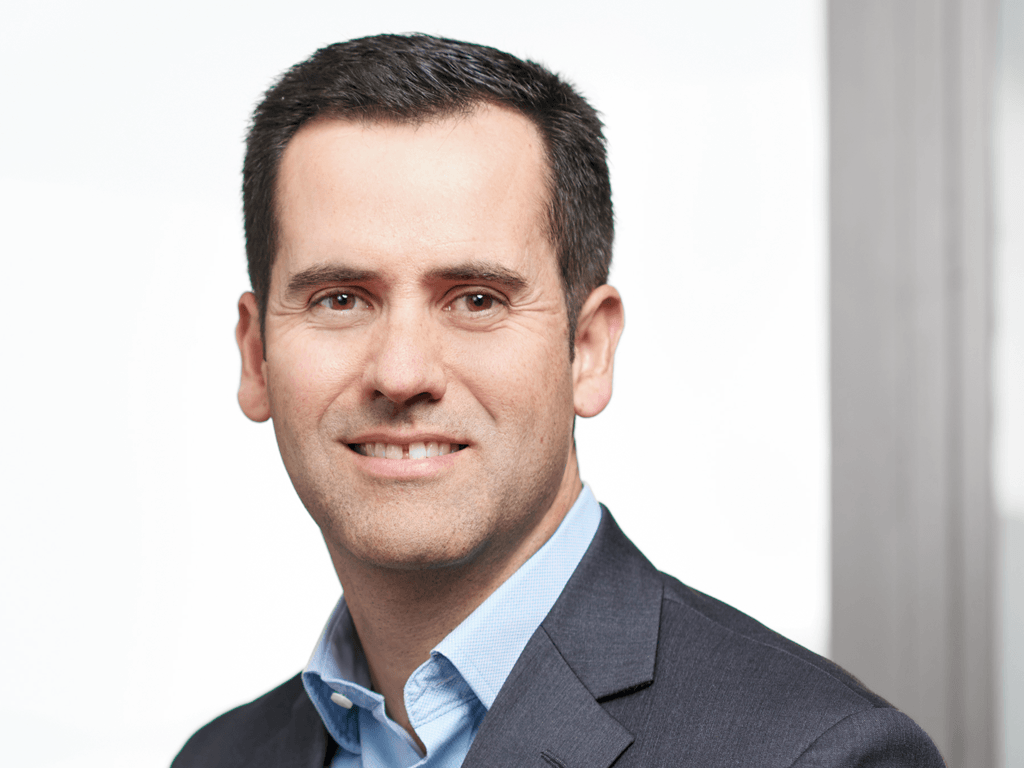Steven Borovec v Suntory Holdings Limited [2022] APO 33
Background
The use of Stevia rebauidiana Bertoni to sweeten beverages has been known for centuries by the Guaraní people of South America.1,2 However it was not until 1976 that Japanese researchers isolated and characterised the rebaudiosides A and B as being two of the sweet compounds that were responsible.3
Later, in 2011, employees of The Coca-Cola Company and PureCircle identified rebaudioside M (Reb M, also known as Reb X) as another sweet component,4,5 which was made the subject of a patent application for a sweetened beverage composition.6 Acceptance of the corresponding Australian application was opposed by a patent attorney firm,7 and the opposition failed on all grounds.
Under Australian law, any person can oppose the grant of a patent application, which allows for the installation of a “straw man” opponent to conceal the identity of the “true” opponent.
In 2015 Suntory Holdings Limited sought to patent a carbonated beverage comprising both Reb M and Reb A which in combination provided the function that “foaming is suppressed”. Following acceptance, a different straw man (another patent attorney) opposed the grant of that patent – the Commissioner of Patent’s decision for which we discuss below.8
Clarity
After entering the national phase in Australia, the claims of Suntory’s application were placed in line with those accepted by the Japanese Patent office9 and examination was requested under the Global Patent Prosecution Highway (GPPH). The application was accepted and claim 1 defined (emphasis added):
A carbonated beverage filled into a container, in which foaming is suppressed, wherein the beverage satisfies the following requirements:
a content of RebA is 250 ppm or less,
a content of RebM is 486 ppm or less,
(RebM/RebA) is 2.5 or more in a mass ratio,
a total content of RebA and RebM is 0.5 to 11.5 in Brix in terms of sucrose,
a content of caffeine is 1 to 200 ppm,
and a gas pressure of carbon dioxide gas is 2.15 kgf/cm2 or more when measured at 20°C.
In opposing the application, the straw man asserted that the expression “foaming is suppressed” lacked clarity and the Commissioner agreed. Specifically, there was no internal dictionary definition provided in the specification for the expression and the evidence showed that it could either be interpreted subjectively (“I know it when I see it”) or with reference to specific features in a dependent claim which would therefore make one of the claims redundant.10 The opposition was successful on this basis alone.
Under Australian examination practice, even when examination is expedited under the GPPH, the examiner should still consider all grounds of examination.11 In our experience, however, Australian examiners only cursorily examine applications that make use of the GPPH process compared with how other patent offices examine GPPH applications. In many instances that cursory examination is beneficial to the applicant seeking fast and cheap acceptance, but making use of the GPPH runs the risk of avoiding the scrutiny that a local patent attorney may offer to the proposed claims.
In this case, reference to a relative term (“foaming is suppressed”) without providing any comparator, or being confident that it is well understood in the field of technology, should have caused some concern. However the Examiner merely noted a typographical error in the term without suggesting that it was otherwise objectionable. It is curious that the term survived three years between when the issue was first raised by the opponent and the proceeding was heard, despite numerous other amendment requests being made in the interim – particularly when the term itself seemed to serve no purpose in distinguishing the prior art.
The expression “foaming is suppressed” is present in the claims granted for the corresponding US patents12 and Canadian patent13 and New Zealand opposed application,14 but not in Europe15 – a jurisdiction where the use of such an expression would routinely attract an Art. 84 objection.
Novelty
Prior art document D1 disclosed an orange-flavoured sparkling beverage in example 7 which was prepared from Reb X having a purity of 97.3%.16 The Commissioner noted that Reb X (D1) was the same compound as Reb M of the opposed application by comparing the chemical structures.
The opponent submitted that the Reb X preparation contained trace levels of Reb A as an impurity and thus the use of Reb X in D1 anticipated the claimed invention. Whilst it was known from extraneous material that commercially available Reb X/Reb M products were sold that contained Reb A as an impurity, there was no substantive evidence that the specific Reb X used to make the beverage in D1 had trace levels of Reb A. The opponent argued that HPLC traces of the Reb X preparation with 97.3% purity that were provided in D1 indicated that Reb A was apparent as a minor peak. However the Commissioner disagreed and considered that the evidence did not show that Reb A was inevitably present, to the extent that the strict standard for inherency (novelty) was met.
As an aside, the opponent could have attempted to replicate the HPLC conditions disclosed in D1 which even stated that Reb A was found at a retention time of 5.5 minutes. Alternatively, a technique such as LC/MS could have been performed on a suitable sample to identify the quantum and mass of the peak asserted to be Reb A. But none of that evidence was presented, instead reliance was paced on the opinion of an expert that was not based on fact. It would have been open to the Commissioner to conclude that the definitive information was not presented by the opponent since it would not have helped him.
Inventive step
One of the accepted tests in Australia for inventive step is the reformulated Cripps question17 which asks:
The opponent relied on D1 and D5 for inventive step,15 however both of the citations were silent on the disclosed problem of suppressing foaming to any degree. Hence, without foreshadowing the problem, the solution to that problem could hardly have been obvious from D1 or D5.
And so, the opponent argued that the skilled person would nevertheless have arrived at the claimed invention from either citation in trying to alternatively develop a better tasting beverage.18 Such a “bonus effect” attack failed – the Commissioner disagreeing that the steps taken by one of the experts relied on by the opponent would have been considered routine.
Further thoughts
Perhaps unrelatedly we note the Commissioner’s comment that:
We also note that the opponent, despite himself being a patent attorney, was represented by the same counsel and firm of patent attorneys that represented The Coca-Cola Company and PureCircle the year earlier. Further, Suntory’s opposed patent application was originally prosecuted by another firm that routinely acts for The Coca-Cola Company before the application was transferred to a different firm as soon as the notice of opposition was filed – which is consistent with meeting a patent attorney’s fiduciary obligations under the Code of Conduct for Trans-Tasman Patent Attorneys where both the opponent and the applicant were clients of the patent attorney.
Clearly this field of technology is hotly contested by a small number of large, innovative companies. Those companies will likely have overlapping IP rights, and it may be detrimental to ongoing commercial negotiations to reveal the identities of the “true” opponents. However in this instance it would be reasonable to suggest that any anonymity was either thinly veiled or alternatively, to these authors’ surprise, soda-ceptive.
1 Lewis, W.H. “Early uses of Stevia rebaudiana (Asteraceae) leaves as a sweetener in Paraguay” Econ. Bot. 1992, 46, 336-337.
2 Giuffré, L.; Romaniuk, R.; Ciarlo, E. “Stevia, ka‘a he‘e, wild sweet herb from South America -An overview” Emir. J. Food Agric. 2013, 25(10), 746-750.
3 Kohda, H.; Kasai, R.; Yamasaki, K.; Murakami, K.; Tanaka, O. “New sweet diterpene glucosides from Stevia rebaudiana” Phytochemistry 1976, 15, 981-998.
4 Prakash, I.; Chaturvedula, V.S.P.; Markosyan, A. “Isolation, characterization and sensory evaluation of a hexa β-D-glucopyranosyl diterpene from Stevia rebaudiana.” Nat. Prod. Commun. 2013, 8, 1523-1526.
5 Prakash, I.; Markosyan, A.; Chaturvedulla, V.S.P.; Campbell, M.; San Miguel, R.; Purkayastha, S.; Johnson, M. “Methods for Purifying Steviol Glycosides and Uses of the Same” PCT Patent Application WO 2013/096420, 27 June 2013.
6 Australian Application No. 2018200689, family member of PCT Patent Application WO 2013/096420.
7 Spicer Spicer Pty Ltd. V The Coca-Cola Company & PureCircle Sdn Bhd [2021] APO 31 (11 August 2021).
8 Steven Borovec v Suntory Holdings Limited [2022] APO 33 (13 May 2022).
9 JP 6109437.
10 Steven Borovec v Suntory Holdings Limited [2022] APO 33 at [50].
11 Patent Manual of Practice and Procedure 2.13.4.4.
12 US 9,826,769 and 9,907,326
13 CA 2963052 which was subject to expedited examination under the GPPH based on JP 6109437.
14 NZ 730943.
15 3202269 and 3677122
16 Steven Borovec v Suntory Holdings Limited [2022] APO 33 at [94] and [95].
17 Aktiebolaget Hassle v Alphapharm Pty Ltd [2002] HCA 59.
18 Steven Borovec v Suntory Holdings Limited [2022] APO 33 at [144].
19 Steven Borovec v Suntory Holdings Limited [2022] APO 33 at [147].











